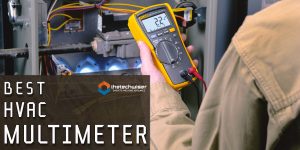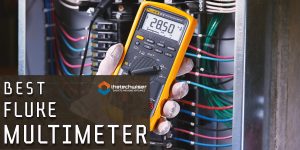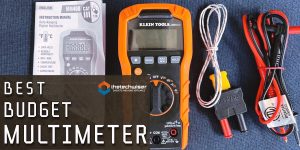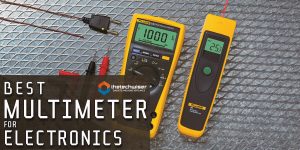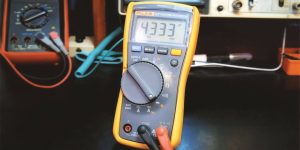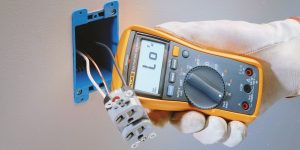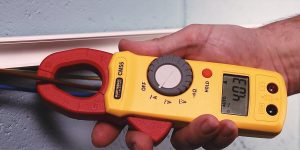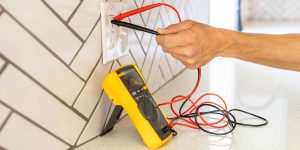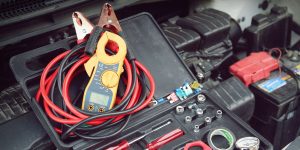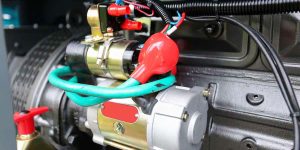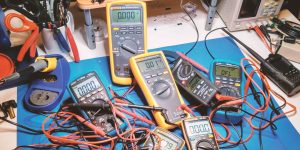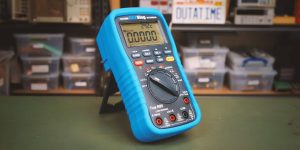If you’re a DIY enthusiast, you know the importance of using a multimeter to test circuits and diagnose electrical problems.
However, if your multimeter is not properly calibrated, you could be getting inaccurate readings and risking further damage to your equipment. In this blog post, we’ll show you how to calibrate your multimeter easily and accurately.
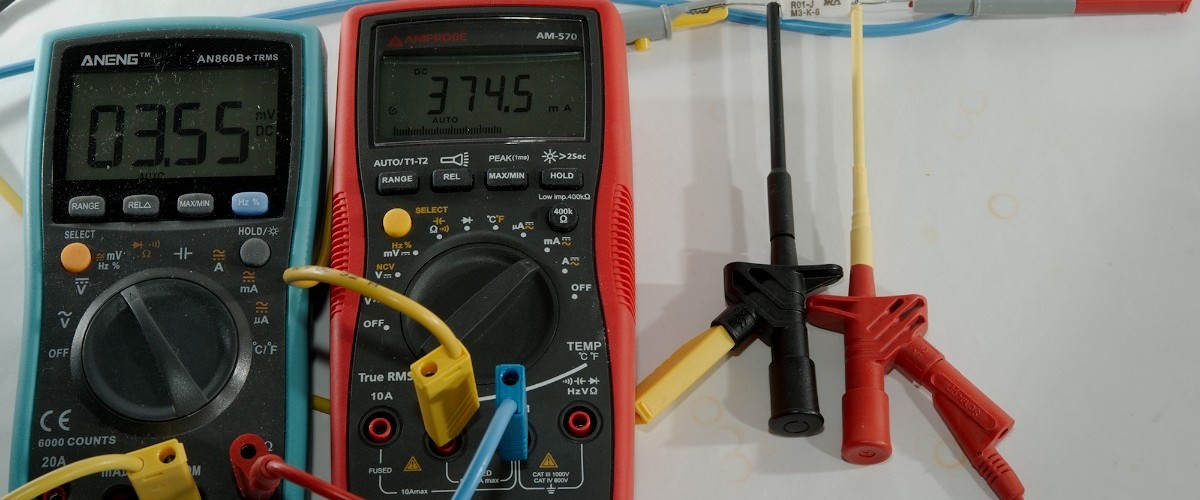
Why calibrate a digital multimeter?
There are two reasons why you would want to calibrate your digital multimeter.
To check the accuracy of a measuring instrument, you should first ensure that it gives you accurate readings. It is especially important for tools like multimeters, which are used to measure voltage and resistance. If the tool isn’t accurate, it would be difficult for a technician to avoid making mistakes.
Calibration can also tell you how to fix an instrument that is not calibrated. Proper calibration will show you how inaccurate the instrument’s measurements are. When it comes time to fix instrument measurement errors, you will need a calibration laboratory service.
You should generally calibrate your multimeter at least once a year. However, if you use your multimeter regularly or for critical measurements, you may want to calibrate it more often.
Choosing the right multimeter calibrator
Not all calibrators are created equal. When choosing a multimeter calibrator, you need to ensure that it is compatible with your multimeter. Most digital multimeters can be calibrated using a digital calibration standard.
Another important consideration is the range of the calibrator. Make sure that the calibrator you choose can generate the voltages and resistances you need to test your multimeter. For example, if you need to calibrate a multimeter that measures up to 1000 volts, you will need a calibrator that can generate voltages up to 1000 volts.
Finding the calibration standard
The first step in calibrating your multimeter is to find the calibration standard. The best way to do this is to contact the manufacturer of your multimeter and ask for the calibration standard. This will give you a number that you can use to calibrate your multimeter.
If you cannot find the calibration standard from the manufacturer, you can try searching for it online. Many websites sell calibration standards.
Once you have found the calibration standard, you need to connect it to your multimeter. Most digital multimeters have a BNC connector that you can use to connect the calibrator.
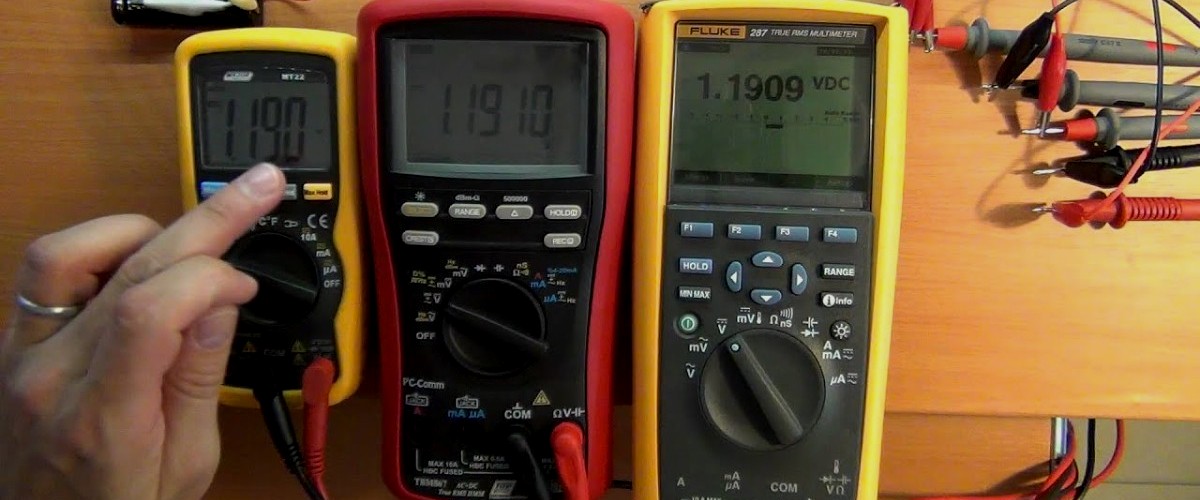
How to calibrate the digital multimeter
Now that you have connected the digital multimeter calibration standard, you are ready to start calibrating your multimeter. The process of calibrating a digital multimeter is relatively easy.
To calibrate your multimeter, you will need to follow these steps:
First, you must set the function switch to the “DCV” position. It will ensure that your multimeter is set to measure DC voltage.
Then, you need to set the range switch to the highest setting. For example, if your multimeter can measure up to 1000 volts, you should set the range switch to 1000V.
When the range switch is set, you can begin calibrating your multimeter. To do this, you must first generate a known voltage with the calibrator. For example, if you calibrate a multimeter that can measure up to 1000 volts, you would generate a voltage of 1000 volts with the calibrator.
After that, you have to measure the voltage with your multimeter. To do this, simply connect your multimeter’s positive lead to the calibrator’s positive terminal and your multimeter’s negative lead to the calibrator’s negative terminal.
Once you have measured the voltage, you must compare it to the known voltage. If the two values are not the same, then your multimeter is inaccurate and needs to be calibrated.
You can repeat this process for other voltages or move on to calibrating the resistance. To do this, you need to switch the function to the “RES” position and follow the same steps above. It is important to note that you should not attempt to calibrate your multimeter if it is not working properly. If your multimeter is not working correctly, you should take it to a qualified repair technician.
Conclusion
Digital multimeter calibration is a relatively simple process that anyone can do. However, it is essential to ensure that you are using the correct calibration standard and follow the instructions carefully. By regularly calibrating your multimeter, you can ensure that it always provides accurate readings.
We are supported by our audience. When you purchase through links on our site, we may earn an affiliate commission at no extra cost to you.
Our newsletter
* We will never send you spam or share your email with third parties

